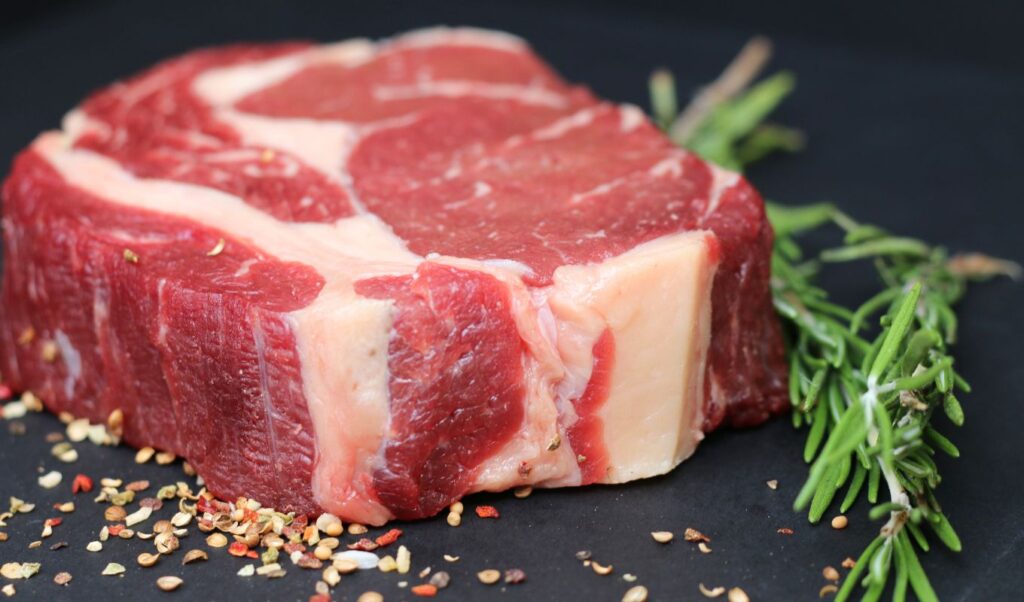The crisis in the meat sector is transforming this basic food into a luxury product for thousands of Greek families. As reported by Vangelis Mandravelis on powergame.gr, the livestock disease affecting herds and the dramatic production decline are causing price increases reaching 57%, while forecasts for 2025 are even more concerning. According to official data from ELSTAT, meat prices have generally increased by 41% since 2022. The largest increase is recorded in sheep and goat meat at 57%, followed by beef with a 54% rise. Relatively smaller but equally burdensome are increases in pork (32%) and poultry (31%).
Meat prices will continue to rise
The most significant price hikes occurred during 2024 and are expected to continue into 2025. The European Commission confirms that wholesale beef prices increased 30% in the last year alone. Meanwhile, sheep and goat meat recorded a 10% wholesale increase, while pork maintained relatively stable prices. Lefteris Gitsas, president of the National Interprofessional Meat Organization (EDOK), identifies the most critical problem in beef. The average retail price currently ranges around 17 euros per kilo, but forecasts show it will reach 20 euros within 2025.
Pan-European crisis in livestock supply
The phenomenon has pan-European dimensions, as Greek importers face enormous difficulties in sourcing livestock from Europe. Shipments from Poland and France have been reduced to half compared to initial orders, while prices have skyrocketed dramatically.
A characteristic example is the price of a calf, which rose from 1,200 euros last year to 2,000 euros or more today. This increase is directly passed on to consumers, with beef costing in supermarkets from 12.20 to 17.20 euros per kilo. In traditional butcher shops, prices are even higher by 2 to 3 euros per kilo.
Livestock disease worsens sheep and goat meat situation
In the sheep and goat meat sector, the situation is aggravated by two critical factors. First, the livestock disease affecting herds forces mass culling of animals, drastically reducing domestic supply. Second, Greek livestock farmers are turning to dairy sheep and goats, as raising them in closed spaces is easier and more profitable.
Conversely, producing meat animals requires pastures and mountainous areas, which few are now willing to undertake. The result is mountain abandonment, consequently bringing wild animals down to inhabited areas. Although the livestock disease has affected only 3% of total livestock capital, the absence of 300,000 animals from the market has significant price impacts.
Shift toward pork and poultry
As a result of red meat price increases, both Greece and the rest of Europe are turning to alternative options. Pork and poultry maintain relatively stable prices, as these are animals that reproduce multiple times annually.
Pig populations recover easily, with each sow able to produce over 20 new animals annually. This ensures supply stability and more affordable prices for consumers.
Long-term forecasts and import dependency
Beef price increases are expected to continue at least until 2027. Herds decimated in previous decades cannot be easily restored, while the balance between supply and demand is not expected before 2028.
Greece remains extremely dependent on meat imports. 80% of beef consumption is imported, while only 20% comes from domestic production. The beef deficit is estimated at 620 million euros. Overall, in 2024 the country imported meat worth 1.8 billion euros, while exporting only 255 million euros. For 2025, imports are expected to exceed 2 billion euros, mainly due to price increases rather than product volume.




